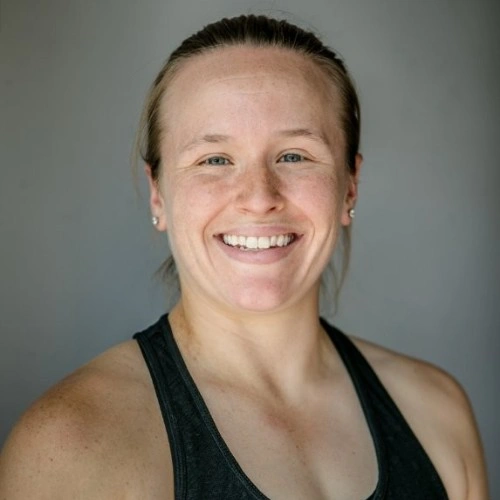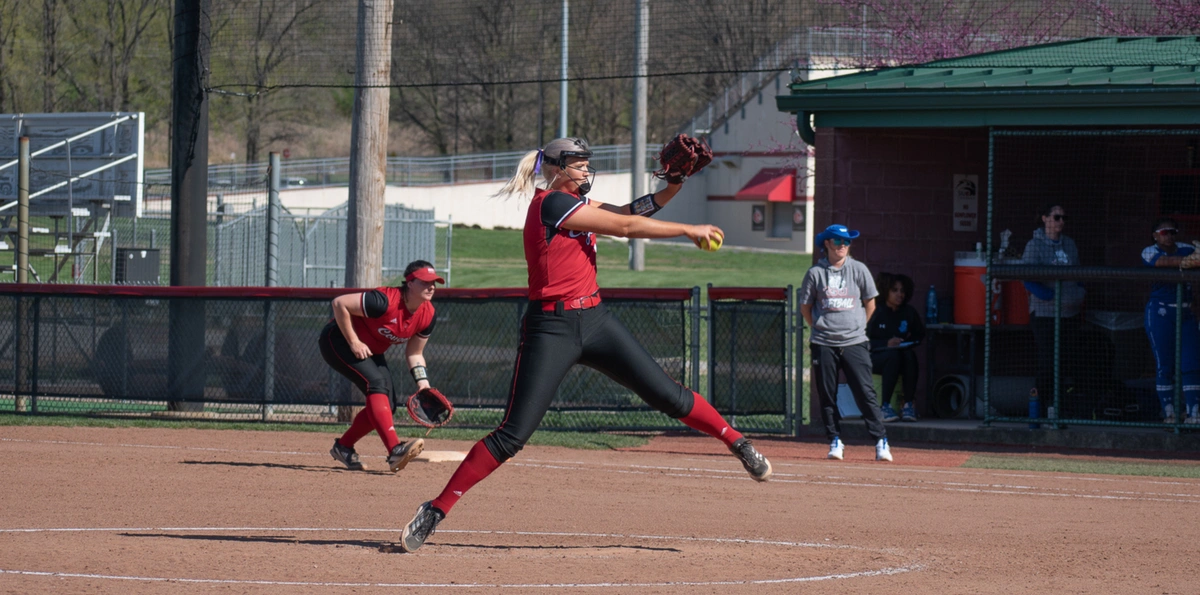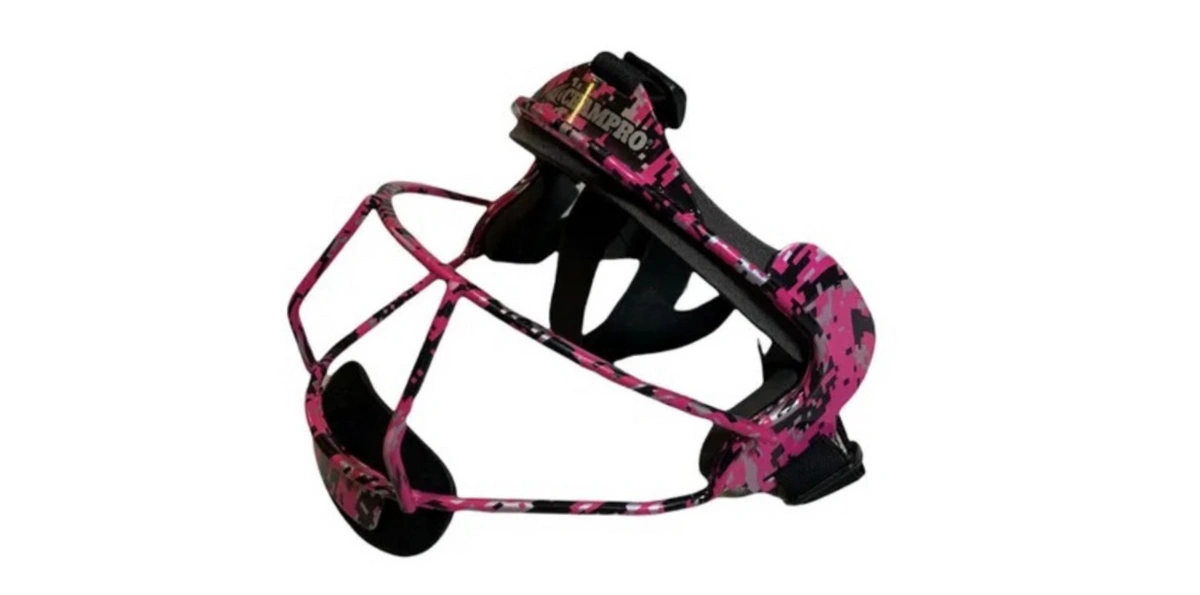Who needs to wear a Softball Fielder's Mask?
“Round ball, round bat; hit it square.”
While that part of the game may never change, softball has seen numerous changes over the years. These changes include:
- Uniforms (Shorts vs. Pants)
- Helmets (Face Guard vs. No Face Guard)
- Mound Distance (40 vs. 43 Feet)
- Types of Pitches (Enter the Rise Ball)
And many more.
But one of the biggest changes that I have witnessed since my time as a player is the use of a Fielder’s Mask.
In high school, I remember one teammate wearing a girls’ lacrosse mask after she broke her nose. In college, I remember no more than a handful of players in masks throughout my entire four-year career.
Then, as a travel coach, it’s like the popularity of fielder’s masks grew overnight.
It was a piece of equipment new to me, so I knew I needed to dive in more to better understand and make the best recommendations for my athletes.
Are Players Required to Wear Masks?
No. At least not according to any league rules or mandates.
However, certain leagues have adopted a mandate for pitchers to wear masks while pitching and it is not uncommon to see all members on the infield (and a number in the outfield) wearing them.
Throughout the country, there are board members, organizations, and parents arguing for a league mandate on masks, but that decision is currently left to the athlete.
In my home state, it’s not uncommon for individual organizations to set mask regulations for their players. For example, a local program requires all athletes 14U and under to wear a mask while playing infield. Once athletes reach 16U, the decision of whether or not to continue wearing masks is up to them.
Who is Recommended to Wear a Mask?
As a coach and program director, I’m frequently asked things like:
-
What Ages Should You Wear Masks?
-
Which Positions Should You Wear Masks?
-
Should My Daughter Wear a Mask?
Let’s break those down a bit more.
Age Recommendations:
A fielder’s mask was designed to provide safety to athletes, and a large part of that safety comes naturally in skill development (i.e. a line drive becomes far less scary when you know how to catch a ball). It is not uncommon to see recommendations for fielders to wear a mask up to the high school level (15U).
Leagues around the country strongly encourage ages 7 to 12 to wear fielders' masks.
Coaches, parents, and league affiliates find that there’s the greatest variation in skill at these levels and argue it is best to keep everyone safe.
Ages 13-15 are where you’ll find a drop in fielders' mask use. At this age, parents and athletes feel they’ve built a strong foundation of skills to maintain safety on the field.
Many athletes continue to wear them through high school and into college not just for safety but because it has become a natural part of their game.
Position Recommendations:
Various leagues have adopted mandates to require the use of a fielders mask for pitchers; however, even without those mandates, it is recommended pitchers wear a mask on the mound.
There’s no debate that pitchers are the most at risk on the infield because of their proximity to the batter and how their motion prevents them from being in a defensive-ready position.
Aside from pitchers, corner positions (1st and 3rd base) are also frequently recommended to wear a fielders mask. These positions are closer to home plate, which reduces their reaction time, AND the batters’ closed-off stance to these positions at the plate does slightly limit their line of sight to a ball pulled down the line.
That leaves middle infielders (shortstop and 2nd base). While they may be the furthest from the batter, many also recommend masks for these athletes. Middle infielders are more at risk for short hops, “bad hops,” balls tipped off others’ gloves, and collisions with base runners.
Outside of the youth levels (8U-12U), many believe outfielders do not need to wear a fielders mask. The recommendation at younger levels is a precautionary measure as these ages are still developing the skill of reading a ball and depth perception.
Should Your Daughter Wear a Mask?
There’s no one-size-fits-all rule to this.
Every parent who asks me this gets a personalized answer depending on things like:
-
Is your daughter fundamentally sound?
-
What position does she play?
-
How are her reaction skills?
-
Does your daughter display confidence while fielding the ball?
-
What is her injury history?
Most often, I’m going to come up with a more cautious approach in the hope of keeping more of my athletes on the field. (Hey, if they’re out there complaining about a mask, it’s better than being on the bench because you didn’t wear one!)
To put it simply, I believe the game should maintain its approach to every other aspect of the game - err on the side of safety.
Faceguards on helmets are required until the collegiate level, so why should fielder’s masks be any different?
Remember, this is coming from an athlete who NEVER wore a fielder’s mask!
Brand Recommendations:
With increased use comes increased production, and there are now several companies claiming to produce the best fielders mask. While the overall goal remains the same, there are slight differences amongst the most popular brands.
Features one horizontal bar (made of carbon steel) across the nose and cheek line and one vertical bar from the nose to the chin. There are no obstructions to the line of sight. Across various sites, this is the highest-rated fielder's mask. It’s credited for providing an adjustable fit, a lightweight feel, and high safety.
Unlike most fielders' masks, this does NOT contain any metal on the face shield. Instead, manufacturers use hard plastic to cover the entire face from the cheekbones to the chin. There is no obstruction to the line of sight and manufacturers claim the clear plastic further improves visibility. This face shield consistently sits 2nd-3rd on the highest ratings list.
Features one horizontal bar (made of carbon steel) across the nose and cheek line, two horizontal bars in front of the mouth, and a second horizontal bar to further protect the chin. This mask is lightweight, easily adjustable, and offers no obstructions to visibility. Across review sites, these fielders' masks lie anywhere from 2nd-4th.
Rawlings FACE FIRST Softball Fielder’s Mask
This product is similar in design to the SKLZ mask, wherein the face shield is made from hard plastic instead of carbon steel. There’s protection across the cheekbones with 2 vertical bars of support in front of the mouth. The Rawlings product only comes in a one-size-fits-all, which some suggest does not provide the best fit for everyone.
Make & Model Recommendations:
While all makes and models have been subjected to a high level of safety testing, the biggest concern for most lies in three areas:
-
The Material - How does hard plastic hold up against a fast-moving ball?
-
The Design - How can a couple of bars protect my daughter’s face?
-
The Visibility - Can my daughter see?
Here are my thoughts:
In my time as a coach, I have yet to see an SKLZ or Rawlings mask (plastic) break on impact. However, I have seen both masks of plastic and carbon steel break from general wear and tear. These masks are to be replaced approximately every 2 years since they not only take a beating on the field but in a softball bag!
Treat your face mask like your helmet, bat, or glove. If you find any cracks, chips, or breaks, don’t take any chances and replace them immediately.
Although I never wore one as an athlete, I do find the majority of my players prefer the Women’s Rip-It Defense Pro.
Size Recommendations for Fielder’s Masks:
Size selection for a fielder’s mask should be no different than sizing a batting helmet.
I would suggest that you take the circumference of your head and use the brands' size guide to order online.
It’s important to adjust for a snug fit around the head and to ensure the mask covers the entire face (forehead to jawline). It’s okay for it to feel a LITTLE too tight upon try-on because your padding will soften with use.
Many also recommend the Shake Test for mask sizing, so remember that your mask should remain in place on your face if you shake your head up, down, and to the sides.
Are There Limitations to Wearing a Mask?
While masks significantly add to safety, they don’t come without limitations:
Visibility
One of the biggest concerns for those not yet wearing a mask is the lack of visibility. Just like in wearing a batting helmet with a face guard, there is no way to guarantee a 100% obstruction-free view. Most players find it takes a few practices and games to adapt to the mask, but then find little to no limitations to visibility once adjusted.
Sunglasses
Obstruction from the mask is of great concern, but many wonder whether or not a mask limits your visibility in the bright sun. Similar to batting helmets, sunglasses CAN be worn while wearing a fielder’s mask. It’s important you make adjustments to the fit of your mask as you might need to loosen the straps to accommodate the fit of sunglasses.
Hats & Visors
Unfortunately, hats and visors do not fit with a fielder’s masks. Because the mask sits at the hairline, a hat cannot sit comfortably on your head. If you’re concerned about sun protection, you’ll need to look at adding sunglasses and wearing your sunscreen.
Even though there may be limitations, most can be reduced with an appropriate fit and the practice of wearing a mask. So, don't let these limitations be what's preventing you from trying it out


